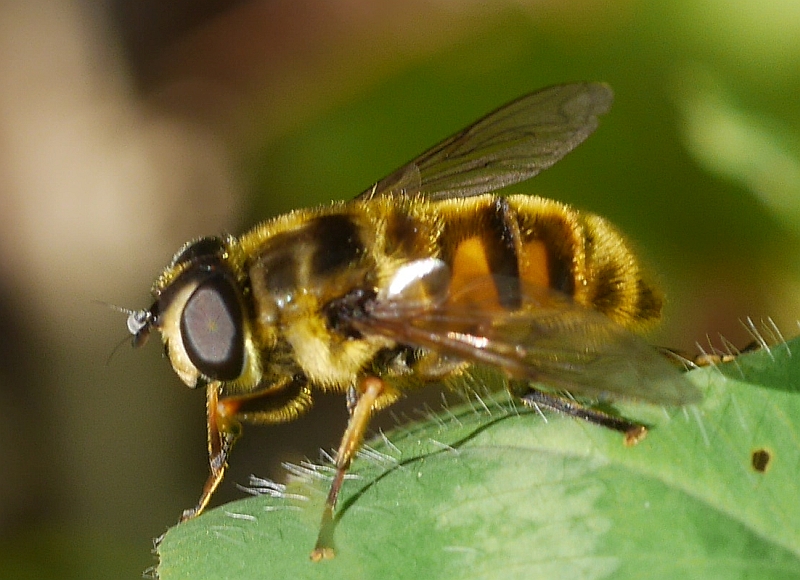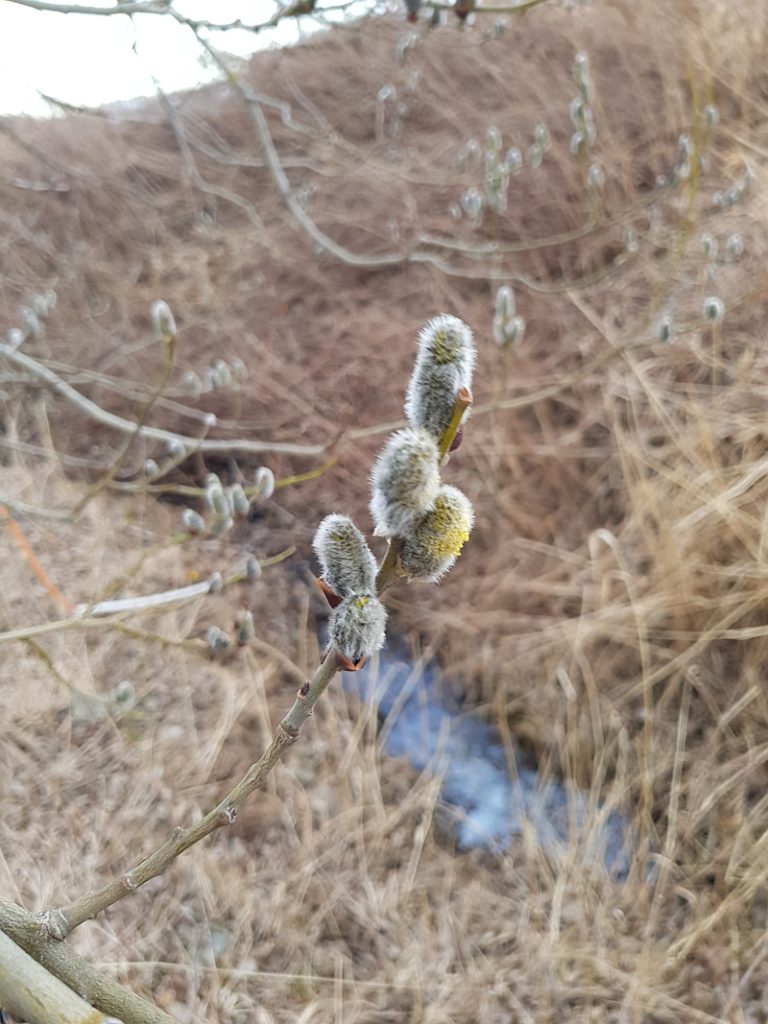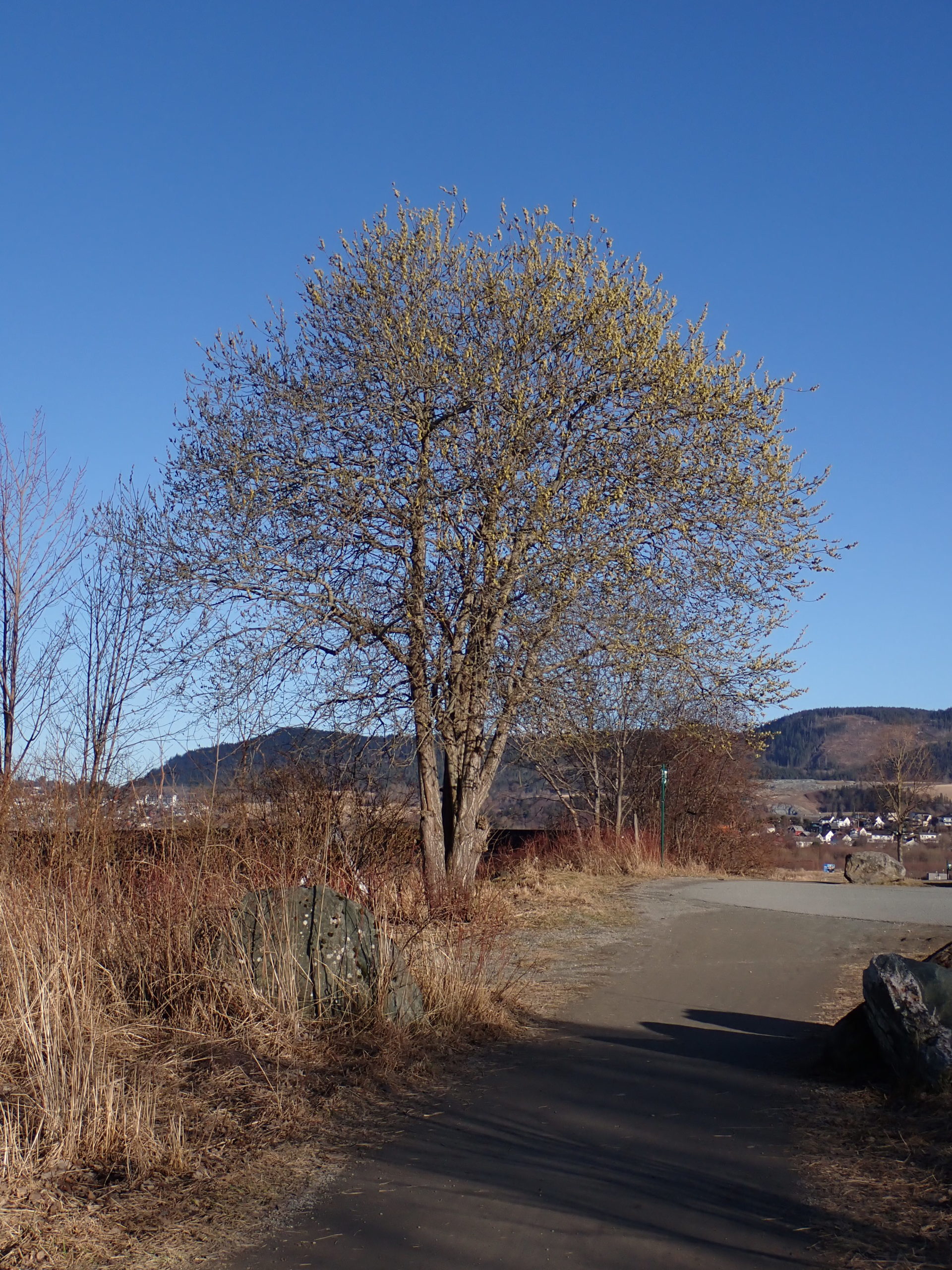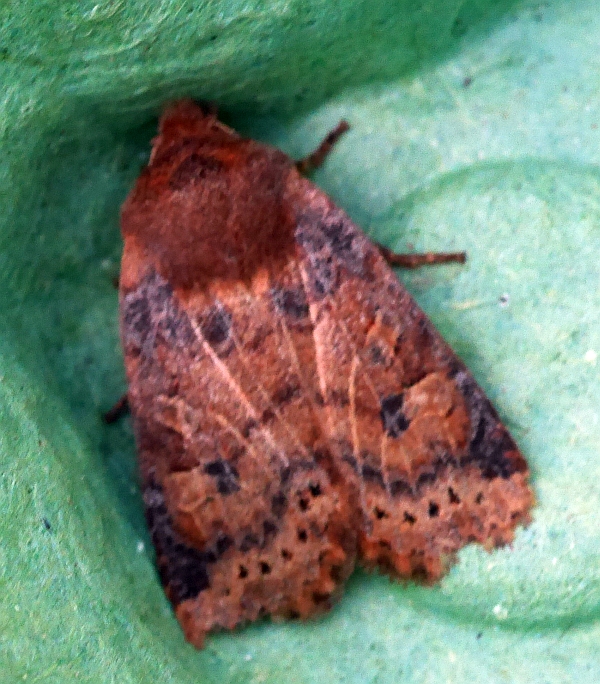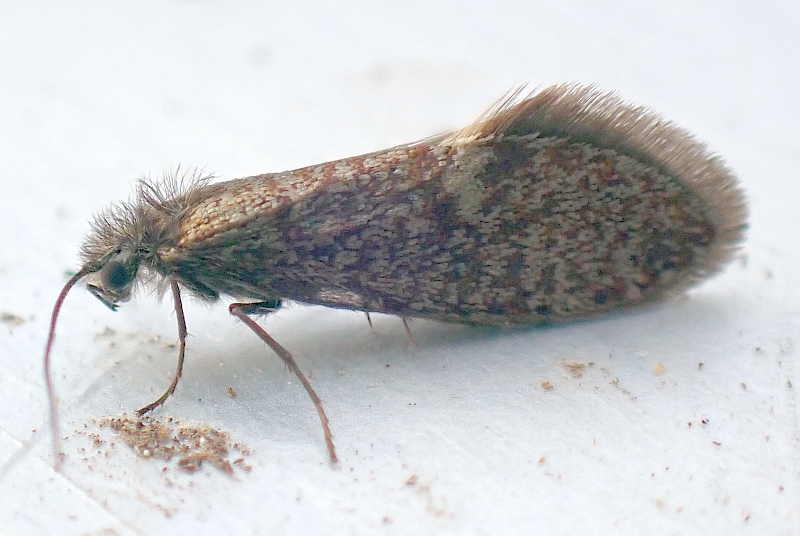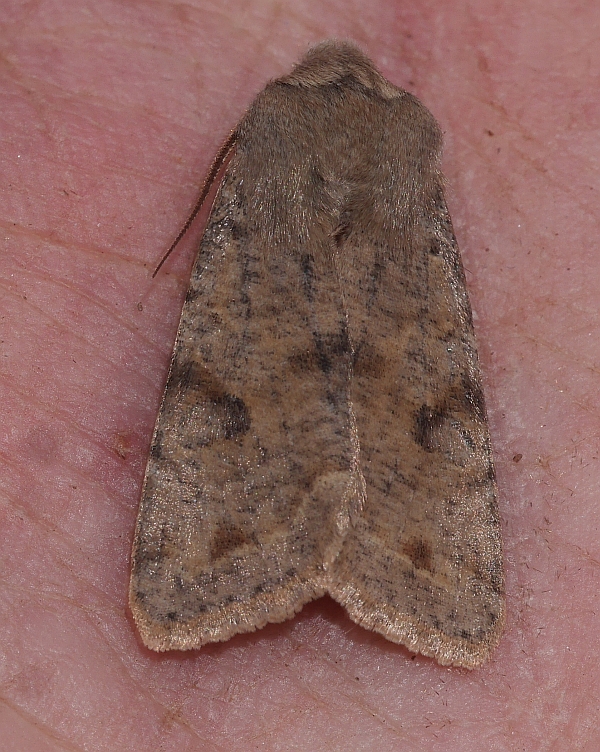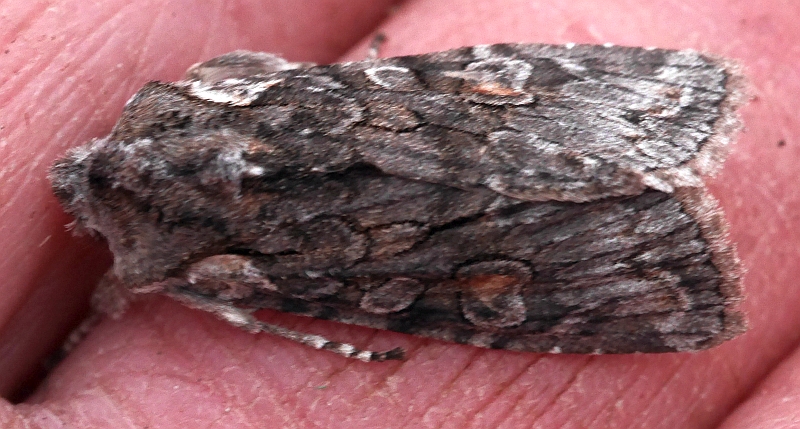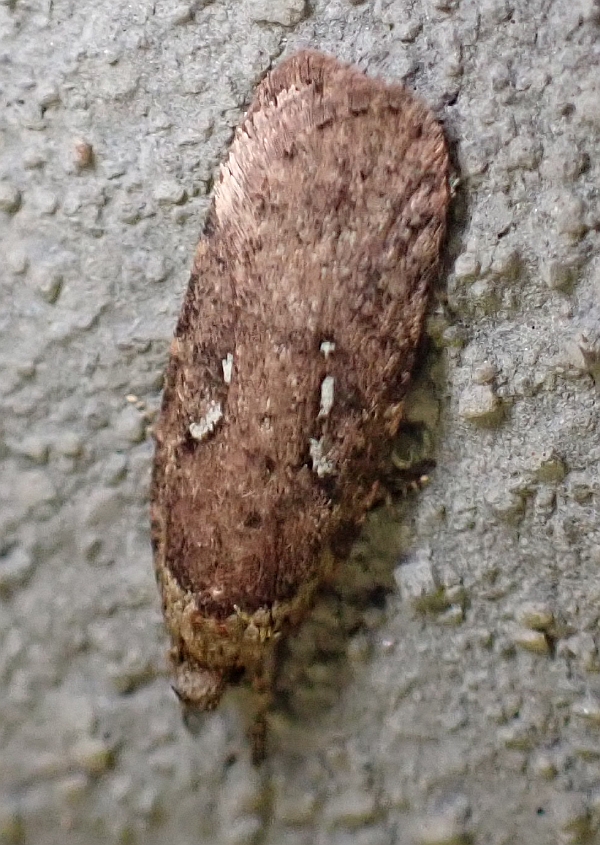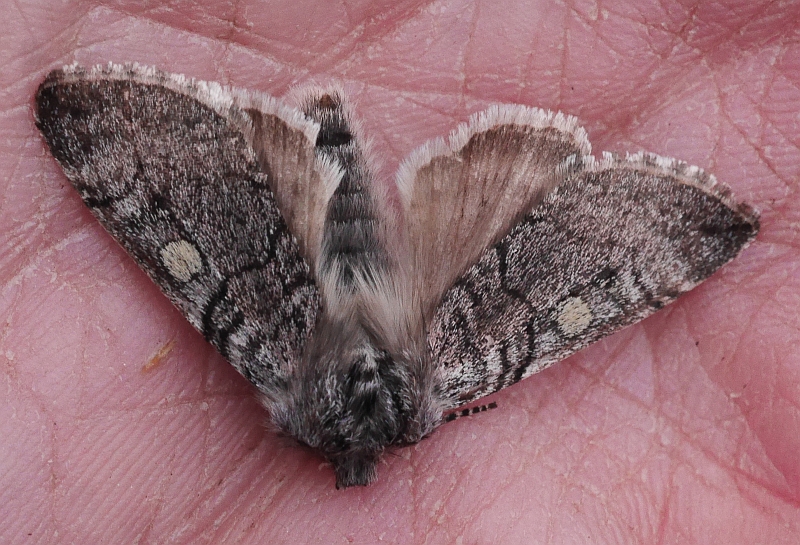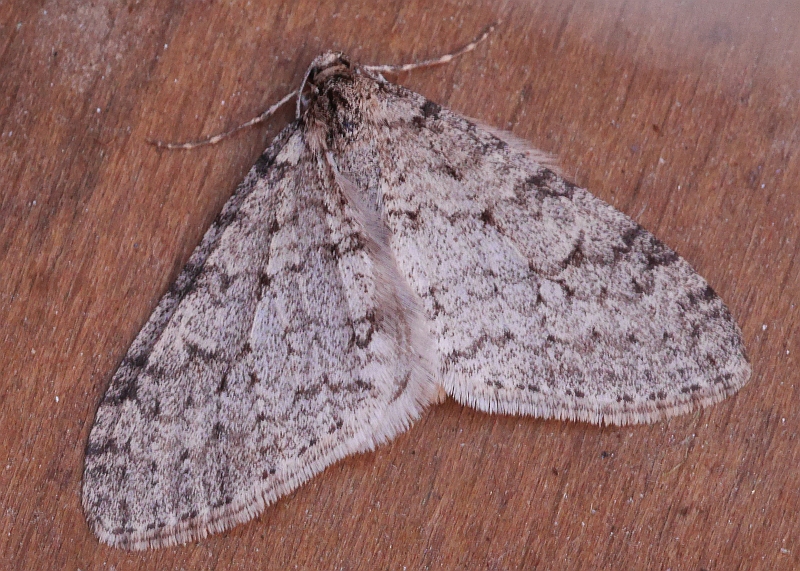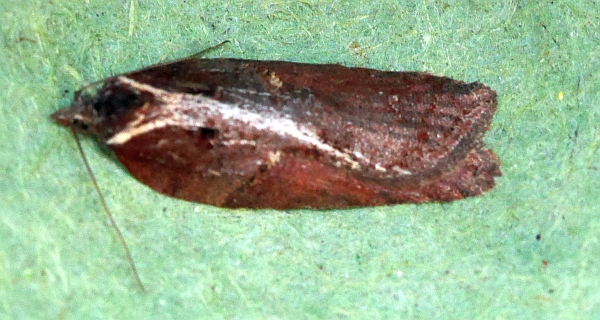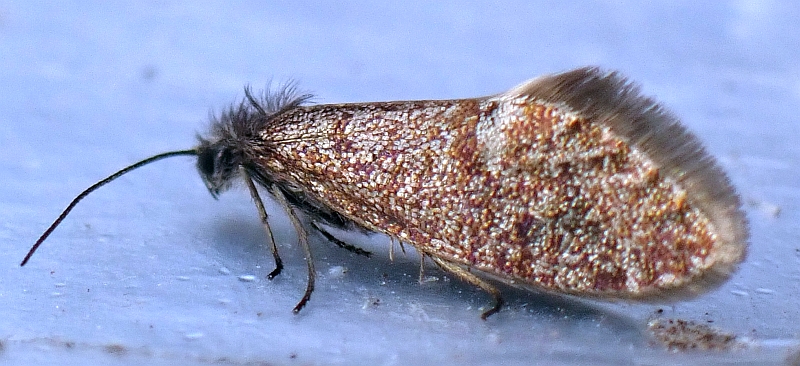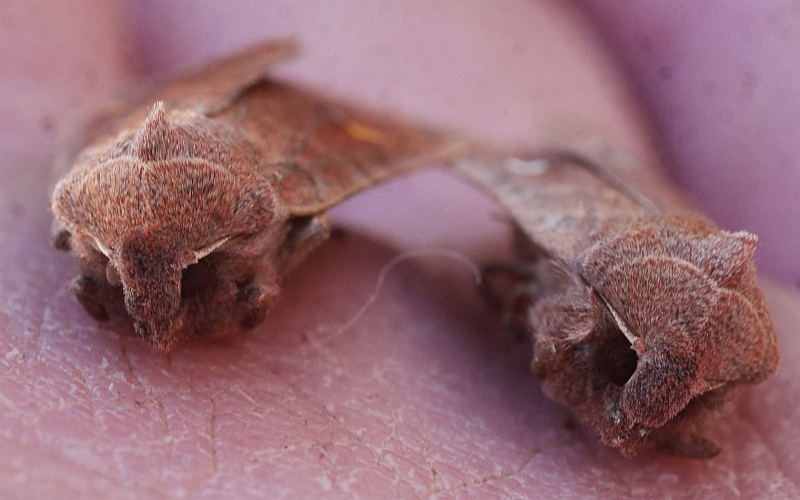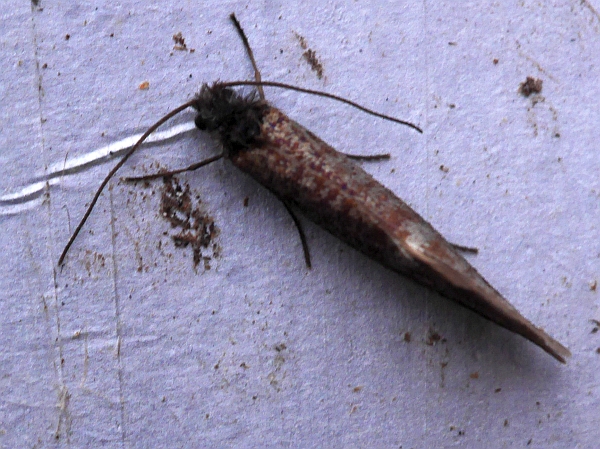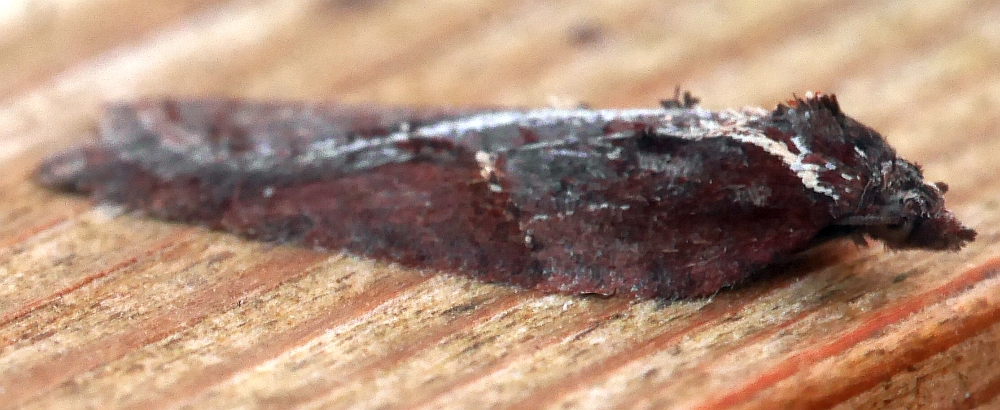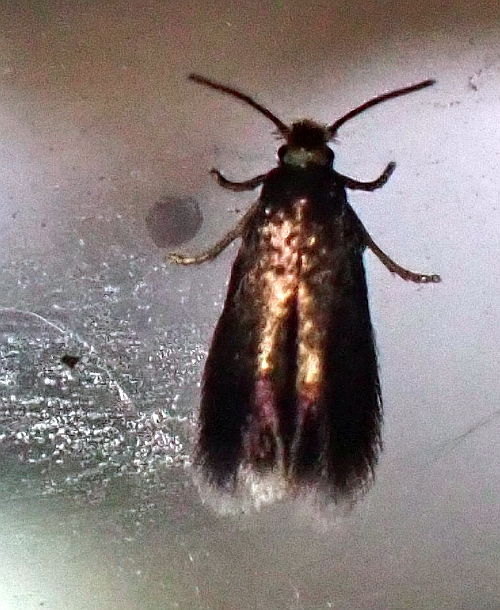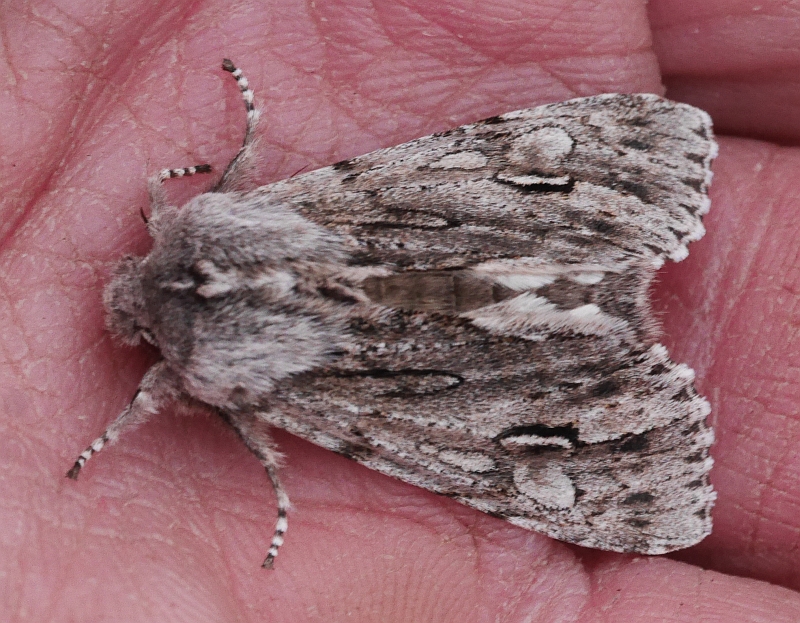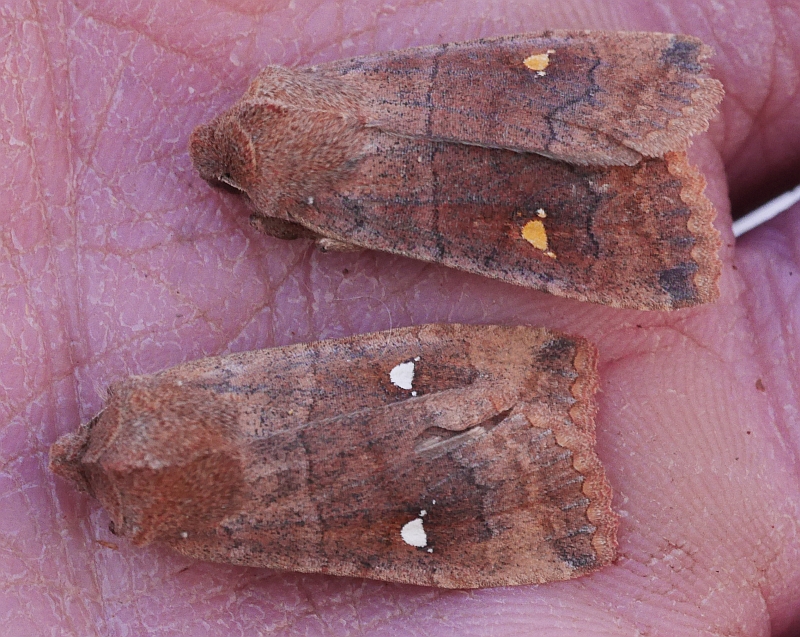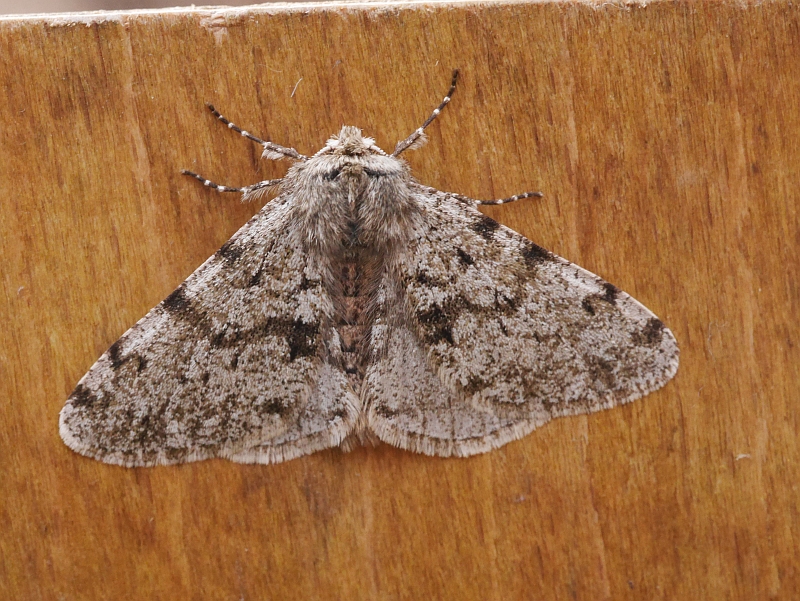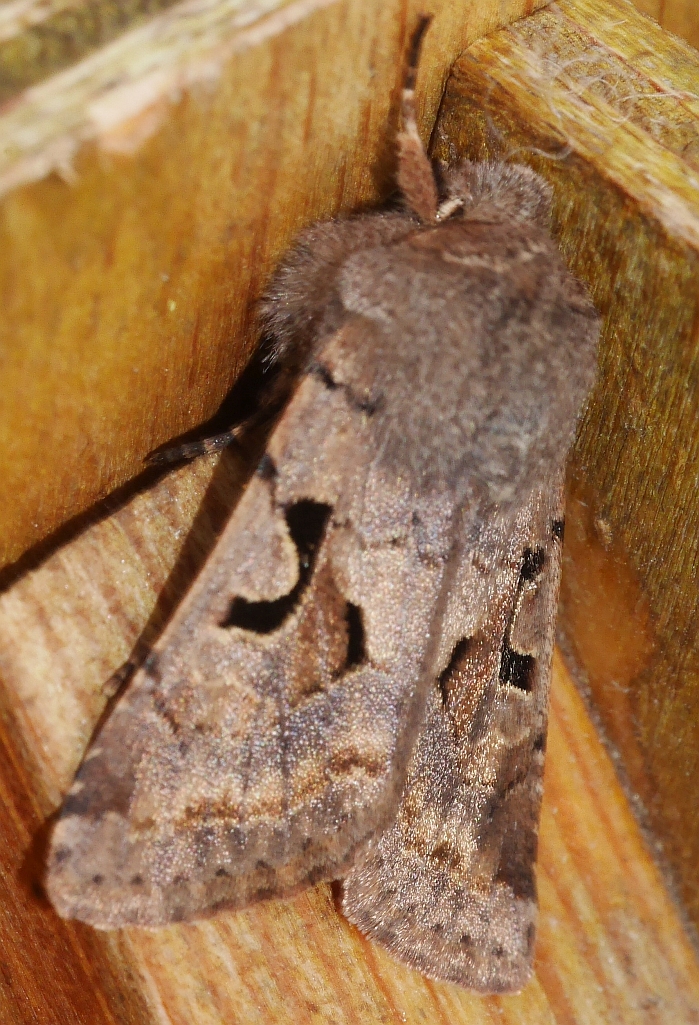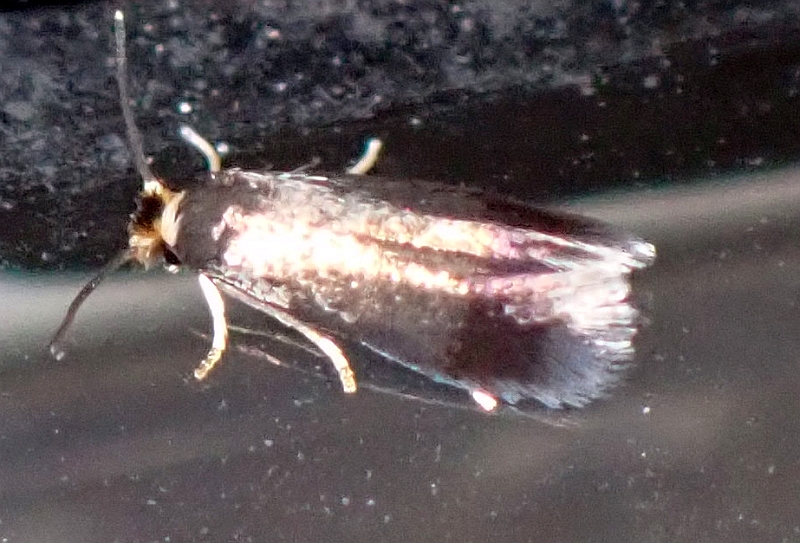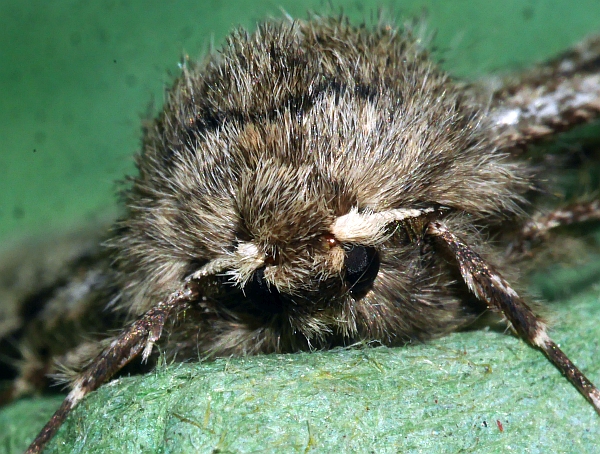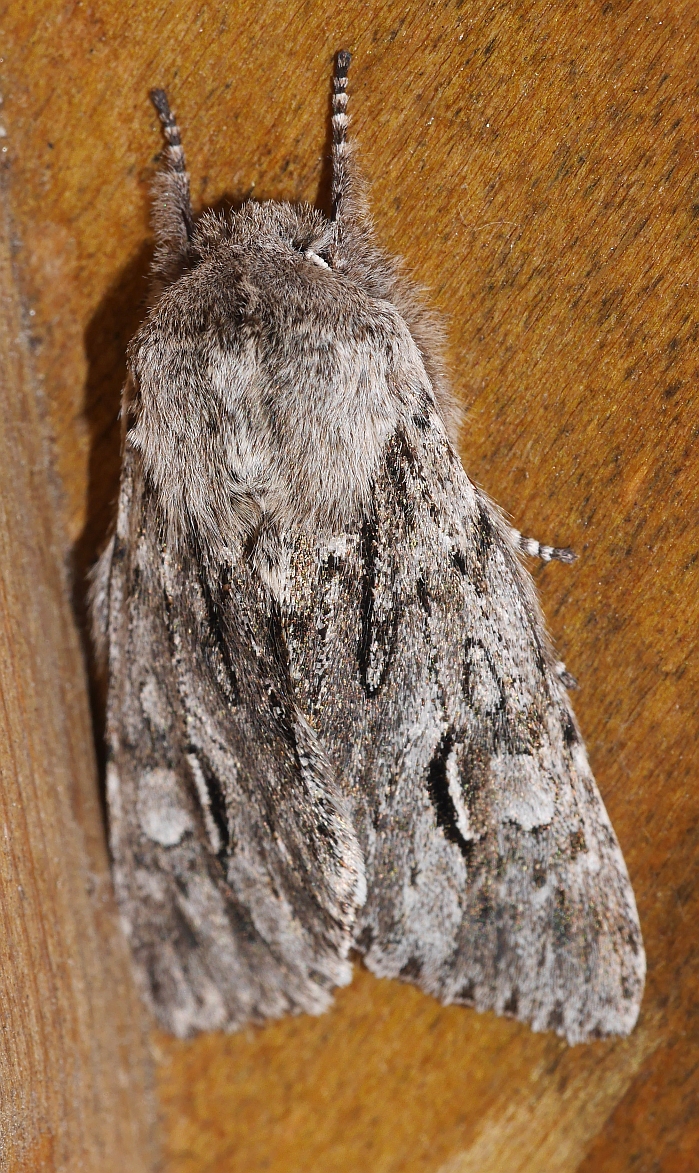When Covid limited my travelling, I decided to spend my time investigating what other creatures I was sharing my “habitat” (edible forest garden) with. I knew quite a lot about the obvious things like butterflies and birds but little about, for example, insects. I set about in particular recording moths using a light trap and other techniques. That I recently registered my 300th species on my 2,200 sq.m. plot would never have occurred to me was possible when I started on this inward journey! My mind is blown away by the fact that growing food in a diverse forest garden like mine can contribute to such a large biodiversity and this only one relatively small but important part of the insect world present here. I’ve also registered many wild bees, bumble bees, hoverflies and others. Learning which larval food plants the moths are using has also taught me much, as has the important role of moths in pollination. After winter hibernation as adults or pupae, the incredible importance of Salix caprea (goat willow / sallow) in providing food in early spring has become even more important in my mind. The newly arrived insectivorous migratory birds attracted to the willow when they arrive here mid-April suddenly makes more sense as the migration of some species is naturally timed perfectly for the mass-emergence of willow-attracted insects!
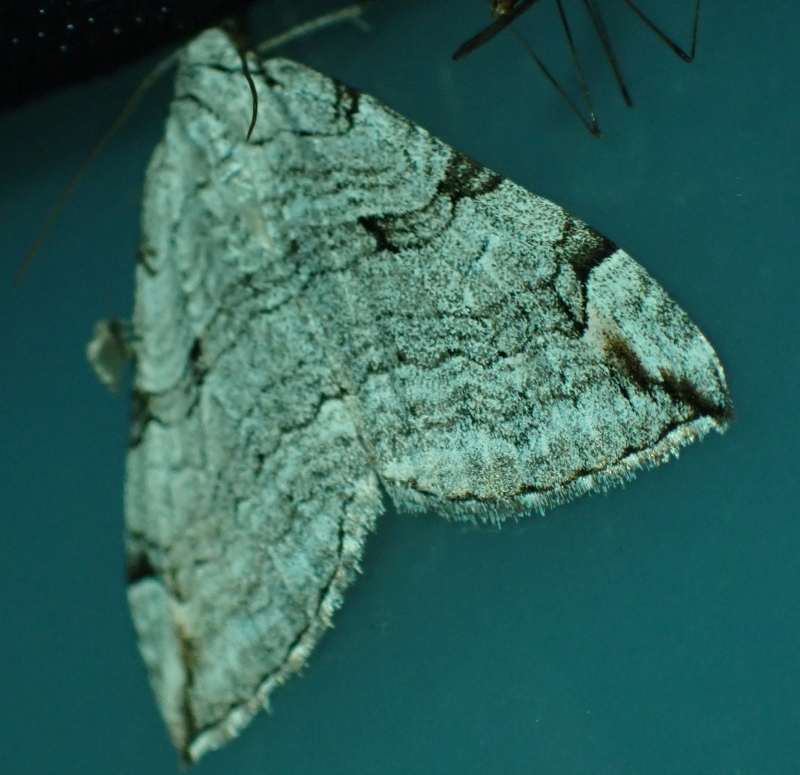
THIS THEN IS THE 300th MOTH SPECIES REGISTERED IN THE EDIBLE GARDEN AND ITS ANOTHER BEAUTY! This is the treble-bar moth / stor perikummåler (Aplocera plagiata). Its larvae are dependent on perforate st John’s-wort / prikkperikum (Hypericum perforatum) a species I’ve grown in the garden for years. It was also my 200th new species for Malvik municipality and 8 of the 300 were also new species for my county Trøndelag! So, 2/3 of the species I’ve recorded on my rocky edible hillside have actually never been recorded in my municipality, Malvik, before! Actually, only a little over 400 moths have been recorded in Malvik over the years!
See pictures of all 300 species on my blog post (link below). This is added to as new species are recorded! Many are equally as beautiful as the butterflies most off us love:
https://www.edimentals.com/blog/?p=27297


